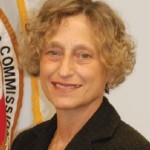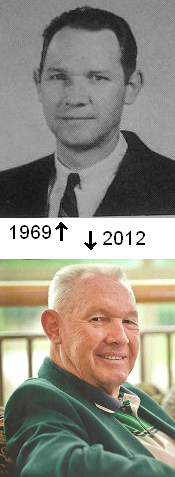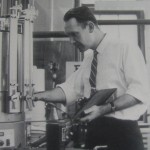 About 250,000 children in the United States have high levels of lead in their systems, say the Centers for Disease Control. Children under the age of 6 are especially vulnerable to lead poisoning, which can severely affect mental and physical development. At very high levels, lead poisoning can be fatal.
About 250,000 children in the United States have high levels of lead in their systems, say the Centers for Disease Control. Children under the age of 6 are especially vulnerable to lead poisoning, which can severely affect mental and physical development. At very high levels, lead poisoning can be fatal.
- View the Michigan Tech News story



 by Jack C. Holland
by Jack C. Holland
![[image R Brown]](https://blogs.mtu.edu/biological/files/2012/08/r_brown.png)
